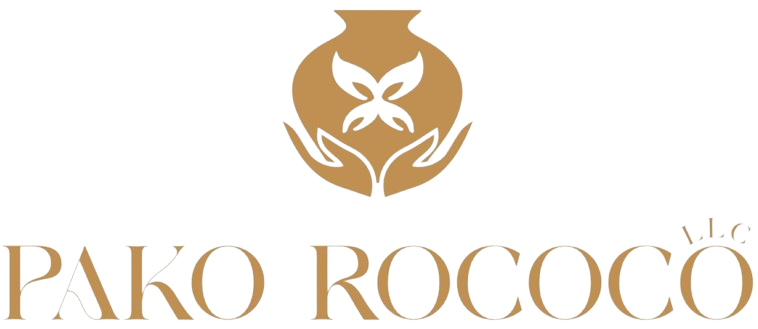Discover
Pakistani handicrafts are a treasure trove of culture, history, and artistry. Each piece is crafted with care, reflecting the traditions and skills passed down through generations. If you’re a collector or just someone who appreciates beautiful things, here are few compelling reasons to add Pakistani handicrafts to your collection.
1. Rich Cultural Heritage
Pakistani handicrafts are deeply rooted in the country’s rich cultural heritage. Each region of Pakistan has its own unique styles and techniques, often reflecting the local culture and traditions. For instance, the intricate Kashikari on the vibrant pottery of Multan, and the exquisite woodwork of Chiniot all tell stories of their origins. By adding these items to your collection, you’re not just acquiring a beautiful piece of art; you’re also preserving and celebrating the diverse cultural heritage of Pakistan.
2. Unique and Handcrafted
In a world dominated by mass-produced goods, Pakistani handicrafts stand out for their uniqueness and handcrafted quality. Each piece is made by skilled artisans who have often spent years perfecting their craft. This means no two items are exactly alike, giving each piece a special character and charm. When you add Pakistani handicrafts to your collection, you’re getting something truly one-of-a-kind.
- Blue Pottery: Originating from Multan, blue pottery is known for its distinct cobalt blue glaze. Each piece, from vases to plates, is meticulously crafted by hand.
- Brass and Copperware: The cities of Karachi, Lahore and Peshawar are famous for their brass and copper items, which are often engraved with intricate patterns and designs.
3. Supporting Artisans and Local Communities
Purchasing Pakistani handicrafts directly supports the artisans and their communities. Many artisans rely on their craft as their primary source of income. By buying their products, you’re helping to sustain their livelihoods and ensure that these traditional skills are passed on to future generations. Additionally, many artisan communities use their earnings to improve local infrastructure, education, and healthcare, creating a positive impact beyond just economic benefits.
4. Sustainable and Eco-Friendly
Handcrafted items are typically more sustainable and eco-friendly compared to mass-produced products. Pakistani artisans often use locally sourced materials and traditional methods that have minimal environmental impact. For example, many crafts utilize natural dyes and recycled materials, reducing waste and promoting sustainability. By choosing Pakistani handicrafts, you’re making a more environmentally conscious choice.
Examples:
- Camel Skin Lamps: These unique lamps from Multan are made using traditional methods that involve recycling camel skin, creating beautiful and sustainable lighting options.
5. Versatility in Home Decor
Pakistani handicrafts can add a touch of elegance and uniqueness to any home decor. Whether you’re looking for statement pieces or subtle accents, there’s something to suit every style and preference. From intricately carved wooden pieces to colorful Kashikari pieces, can transform your living space into a showcase of art and culture.
Examples:
- Wood Carving: The intricate designs found in Pakistani wood carving can add a touch of sophistication to your home. Such wooden pieces are perfect for creating focal points in any room.
- Blue Pottery: The vibrant colors and patterns of Pakistani Blue pottery can brighten up your kitchen or dining area. These pieces are not only beautiful but also functional.
6. Cultural Connection and Conversation Starters
Having Pakistani handicrafts in your collection can serve as a cultural connection and conversation starter. Each piece has a story behind it, from the artisan who made it to the traditional techniques used in its creation. Sharing these stories with friends and family can help foster a greater appreciation for the rich cultural heritage of Pakistan. Additionally, these items can serve as a reminder of your own travels and experiences, making them even more meaningful.
7. Marble Decorations:
The detailed and delicate marble artifacts from Pakistan can pique the interest of visitors and provide an opportunity to share the fascinating history and craftsmanship behind these pieces.
Conclusion
Pakistani handicrafts are more than just beautiful objects; they are a celebration of the country’s rich cultural heritage, the skill and dedication of its artisans, and the sustainability of traditional crafts. By adding these items to your collection, you are not only enhancing your home and personal style but also supporting local communities and promoting a more sustainable way of living. Whether you are a seasoned collector or just starting out, Pakistani handicrafts offer a unique and meaningful addition to any collection.
